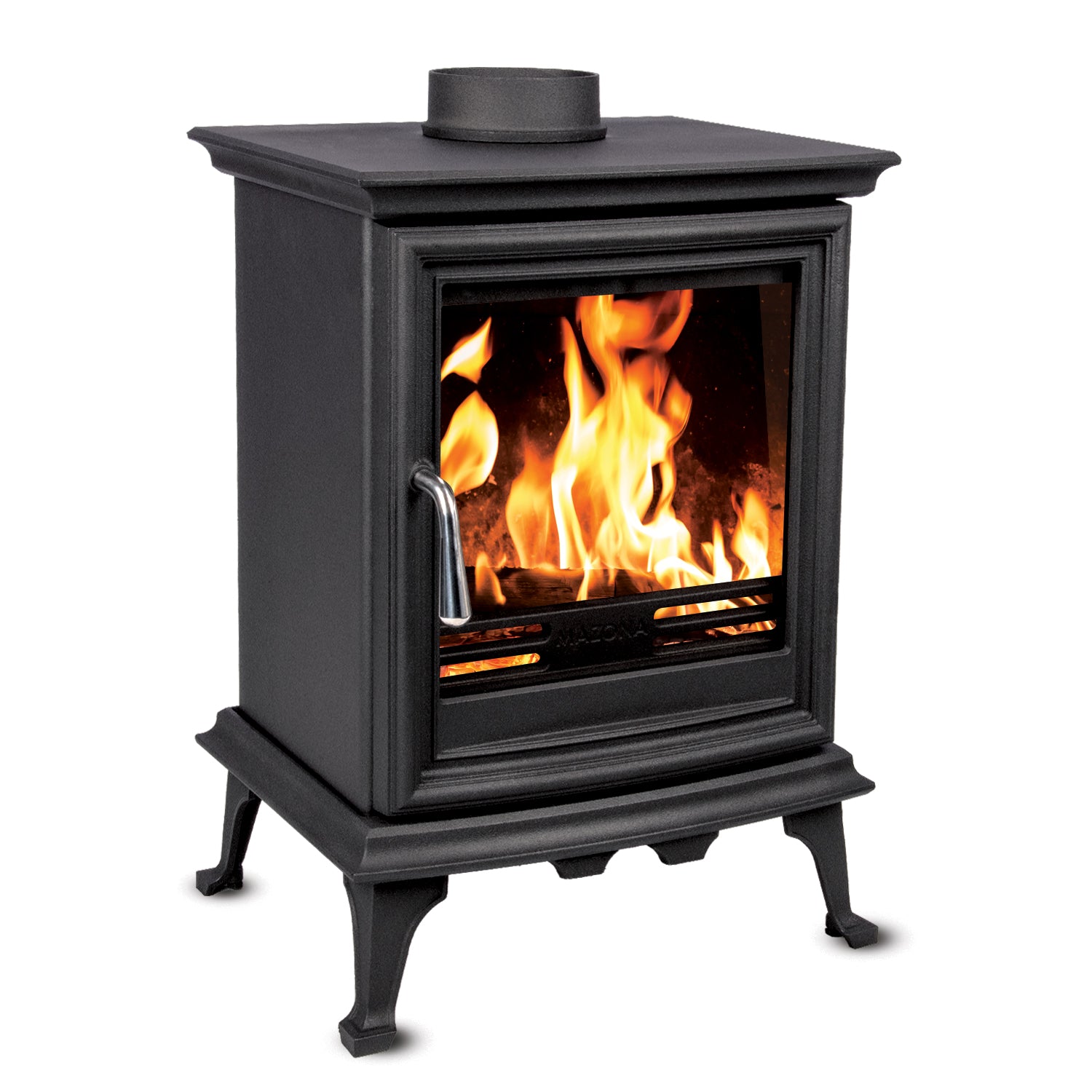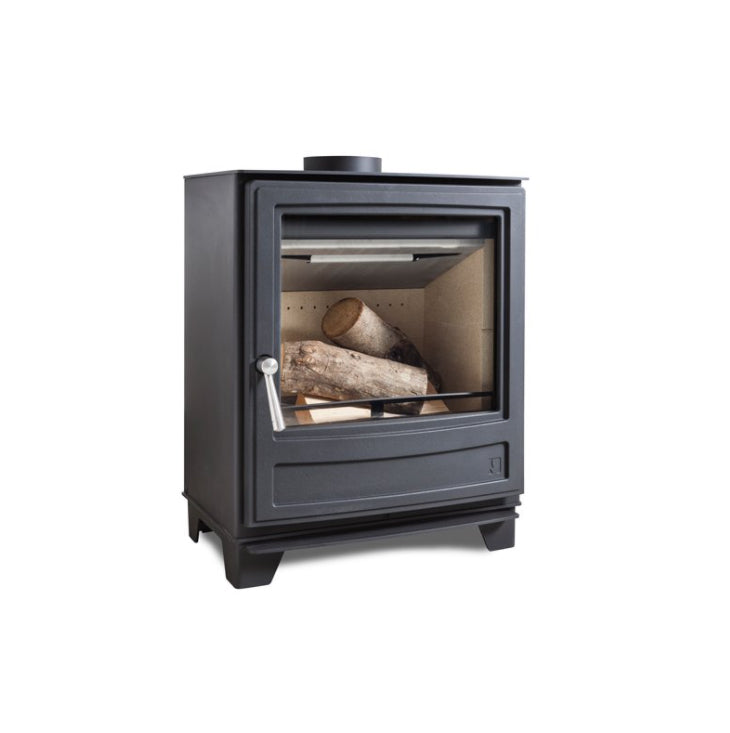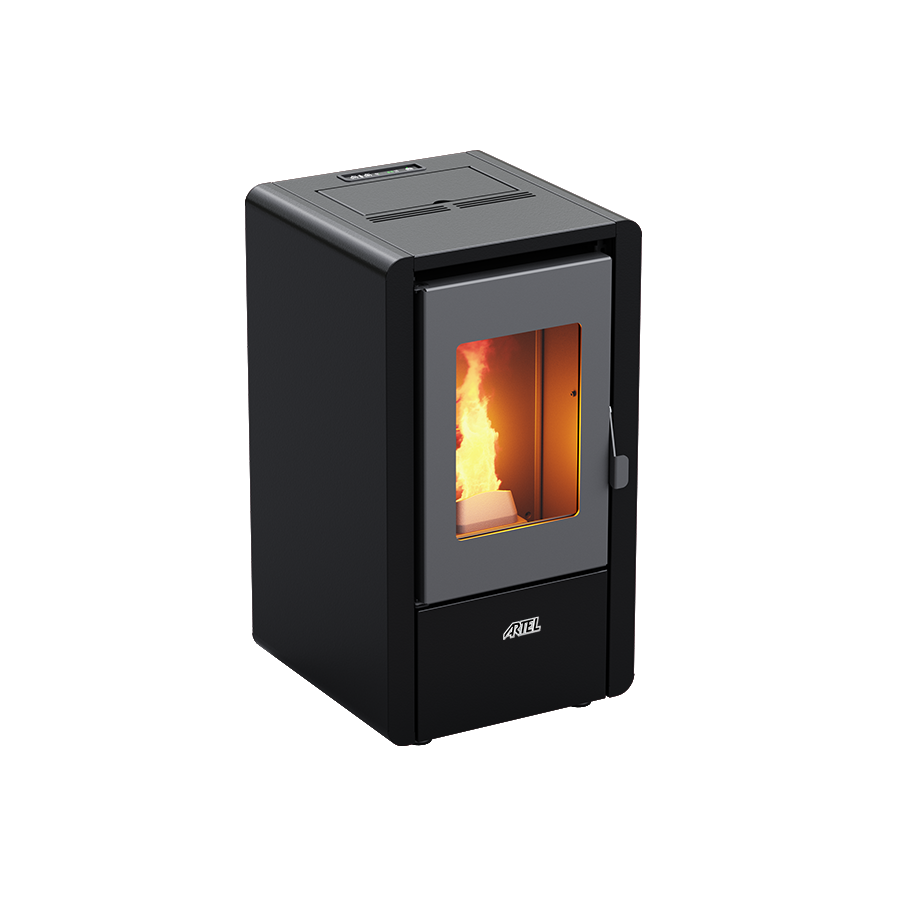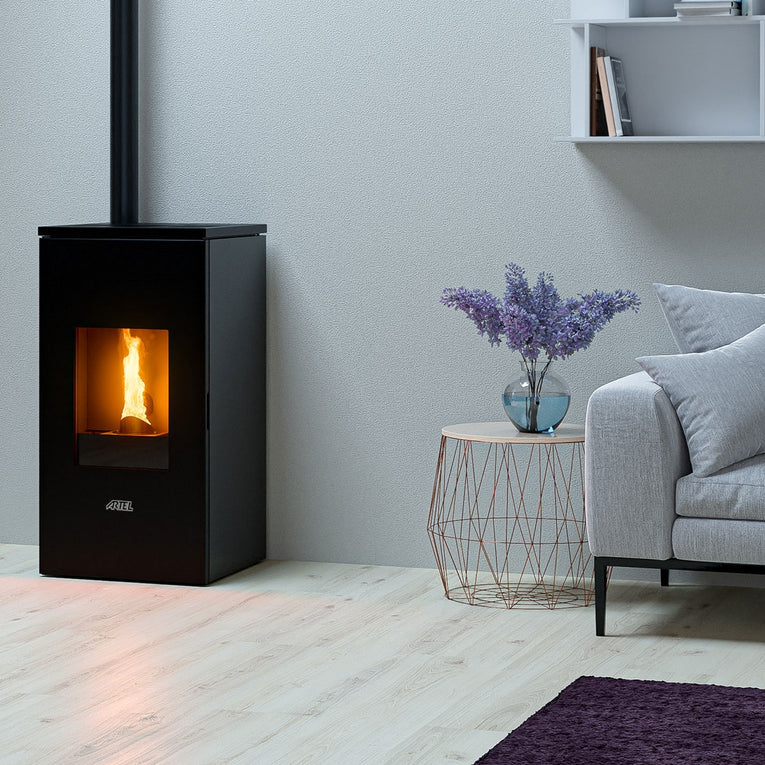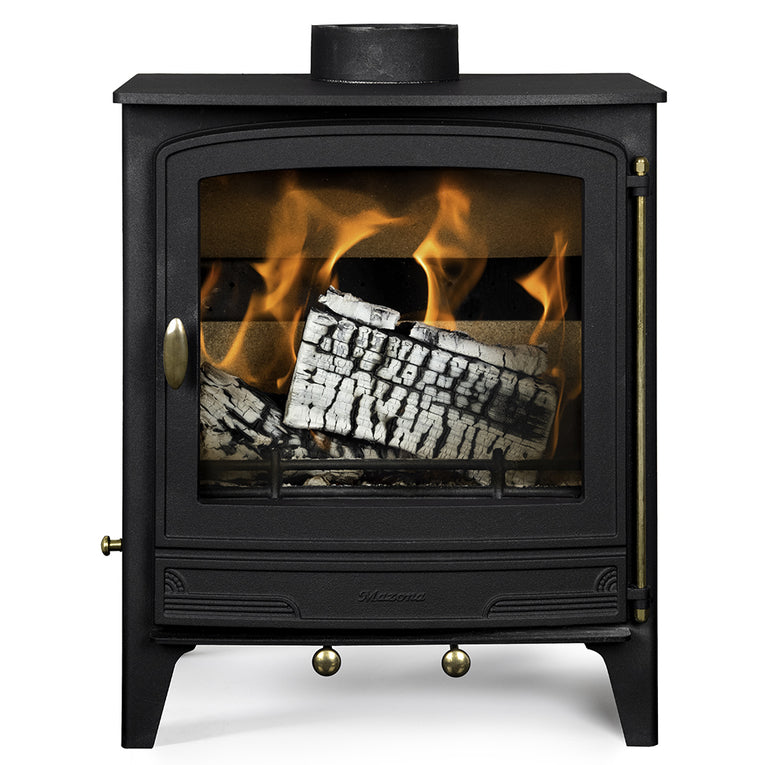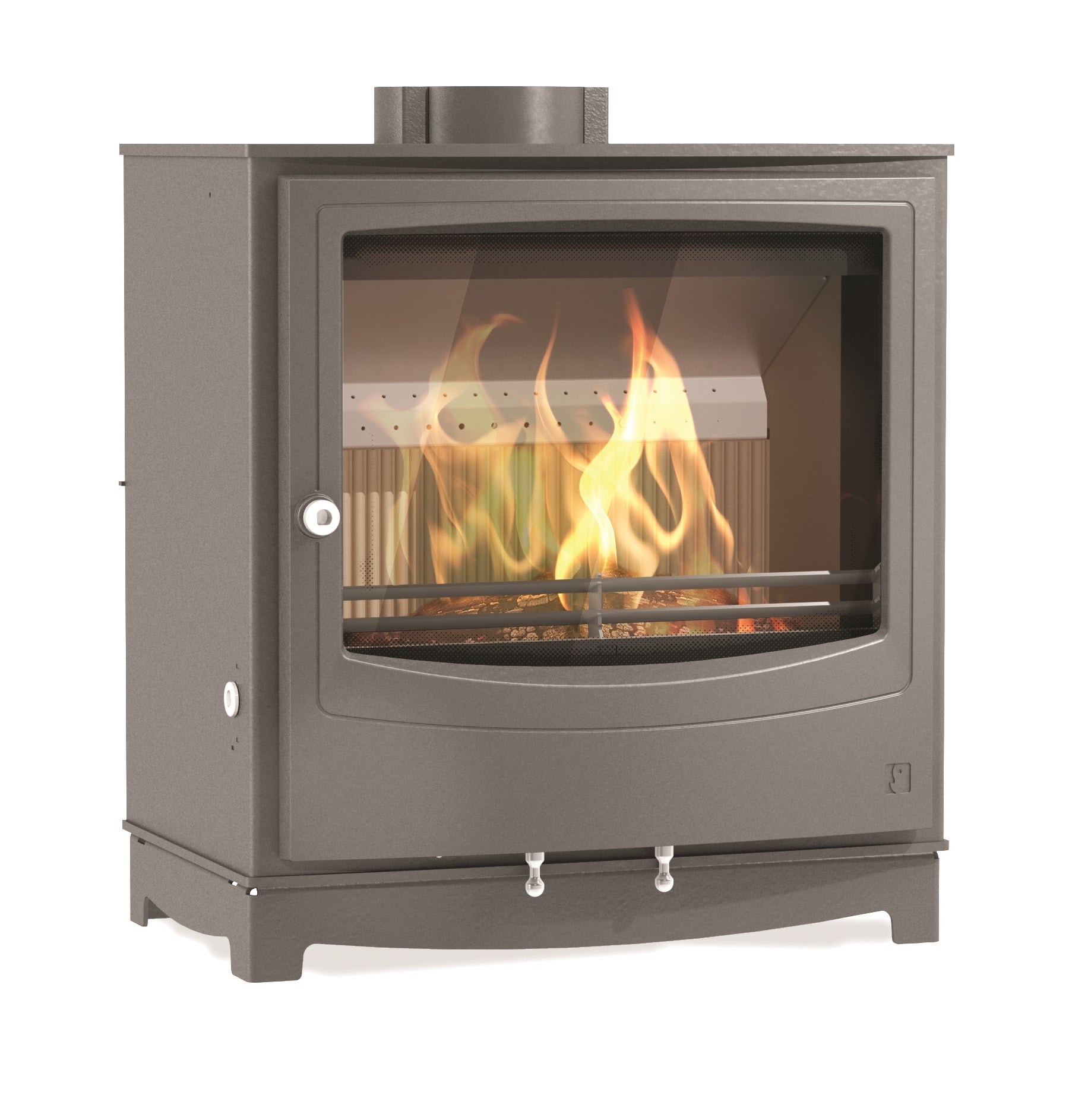0121 271 0221
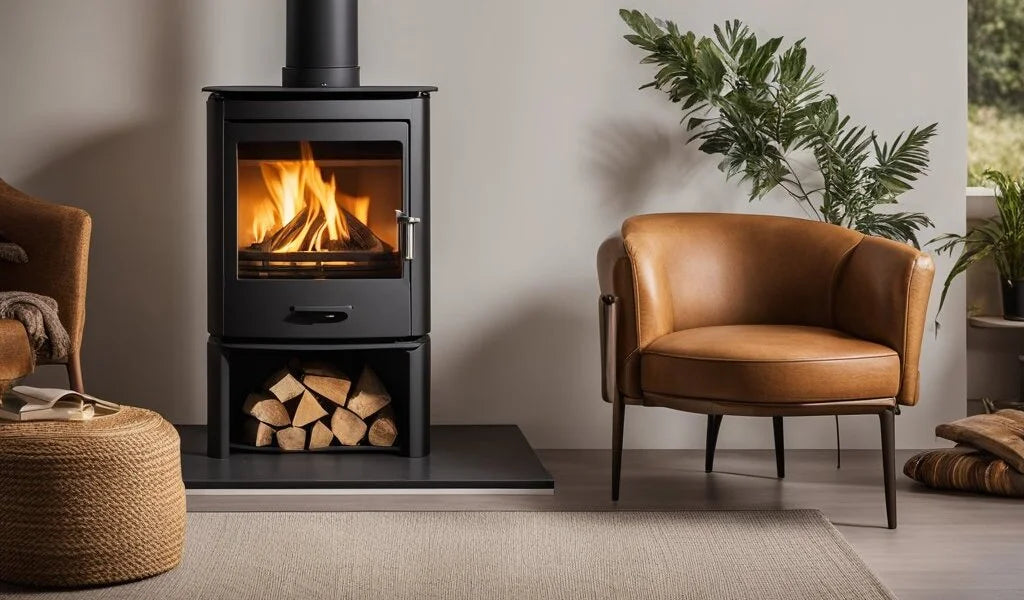
Log Burner Installation
Discover everything you need to know about installing a log burner in your home.
If you’re thinking about buying a log burner, you’re certainly not alone. Log burners have been hugely popular in the UK for a few years now and recent surges in energy prices have made them an even bigger trend.
In this guide, we’re going to offer you all the log burner installation advice you’ll need before you get ready to light your stove and add some extra warmth and cosiness to your home.
How to Install a Log Burner
Log Burner Installation Cost & Budgeting
Types of Stove
Pre-Installation Considerations
Types of Stove Installation
Log Burner Installation Regulations
Log Burner Installation Process
Who Should Install Your Wood Burning Stove?
How to Find a Certified & Reputable Installer
How Soon Can You Use a Log Burner After Installation?
Maintaining Your Log Burner
Maintaining Your Chimney or Flue
Stove Fuel Costs
Choosing the Best Stove for Your Home
- Best Wood Burning & Multi Fuel Stoves
- Best Pellet Stoves
- Best DEFRA Approved Stoves
FAQs
Final Thoughts
About Gr8fires
Log Burner Installation Cost & Budgeting
The average cost of log burner installation in the UK is £2,000. Prices for a competent stove fitter or heating engineer to install a log burner could be anything from £500 to £3,000. There are a few different factors that will impact the cost of installing a log burner. They include:
- The cost of your stove
- Your location — the cost of tradespeople varies around the country
- The height of your property
- Whether your home already has a chimney
- Whether your home already has a flue liner
- Whether any construction work is needed
- Whether you need a hearth to be built
Let’s explore some of the typical costs involved in log burner installation:
|
Item |
Average Cost |
|
Stove |
£400 - £2,000 |
|
Flue liner |
£300 - £450 |
|
Labour (flue liner only) |
£650 - £1,000 |
You might also need to buy some add-ons depending on what you already have in your home and the type of installation needed.
|
Add-ons |
Average Cost |
|
Carbon monoxide alarm |
£25 |
|
Hearth |
£30 - £350 |
|
Chimney cowl |
£40 - £80 |
|
Chimney sweep |
£40 - £70 |
The best way to budget for your log burner installation is to ask two or three competent installers to give you a quote. You can keep costs down by choosing a reasonably priced log burner, such as one from the Mazona Stoves range.
Types of Wood Burning Stove: Which is right for you?
There are various types of wood burning stoves. Your choice of stove might impact your installation costs. Let’s look at the main types of stoves.
Wood burning stoves
A wood burning stove or log burner can only be used to burn wood. This should be kiln-dried or well-seasoned logs with a low moisture content to maintain efficiency and avoid damaging your stove.
Multi-fuel stoves
A multi-fuel stove can be used to burn wood in the same way as a log burner. But it also has the option of being used to burn smokeless fuels such as anthracite.
Boiler stoves
A boiler stove can be either a log burner or multi-fuel stove, but it will also have a boiler attached. The boiler can be plumbed into your home to provide hot water or heat your radiators. This will push up installation costs considerably.
The type of stove you choose will depend on:
- What fuel you plan to burn
- How you plan to use the stove
- The size of your room
- Whether you have an existing fireplace
Pre-Installation Considerations
Before going ahead with your installation you’ll need to think about some other considerations that could impact your choice of stove and the installation process. If you live in a smoke control area, you will only be able to install a DEFRA-exempt stove.
You will also need to check the Building Regulations to make sure the space around where the stove will be installed and the hearth it will sit on are both safe and legal.

Finally, you will need to choose the correct grade of flue liner: 316 grade stainless steel for wood-burning or 906 grade for smokeless fuels.
If your home doesn’t have an existing chimney you will need to install a twin wall flue. This is an insulated flue that can go out and up an exterior wall or straight up through a roof to act as a chimney system. The extra parts and labour involved will make this a more expensive log burner installation.
Types of Stove Installation
Fireplace recess installation
Perhaps the most common way of installing a wood-burning stove is to open up an existing fireplace recess and place a wood-burning stove within the recess. The chimney opening will be closed through the use of a register plate. The flue pipe will run from the stove and through the register plate, and usually be attached to a flue liner.
Inset installation
This approach also makes use of an existing fireplace and chimney, but rather than opening up the recess to facilitate the wood-burning stove installation you simply slot an inset stove into a standard fireplace opening. This avoids the need for structural work as part of the installation. Learn more about inset stoves.
Twin wall flue installations
This is for installations in which there is no chimney in the property or the stove is to be installed elsewhere. This might include a freestanding woodburner being used as a design feature in the centre of a room. When the use of a chimney is not possible or desirable, a double-skinned flue — with insulation between its two walls — can be used instead.
Log Burner Installation Regulations in the UK
Log burner installation in the UK is covered by the Building Regulations, which cover every aspect of a safe installation. Your installation must comply with Document J of the Building Regulations for wood-burning stoves being installed in England and Wales, Document G of the Building Regulations for boiler stoves being installed in England and Wales, and the equivalent local regulations in Scotland.
To ensure your stove installation meets the legal requirements there are two main options. You can choose an installer who is registered with a competent person scheme, who will be able to self-certify their installation. Alternatively, if you’re installing your own stove or using an installer who is not registered with a scheme, you will need your local building control office to sign off on your installation.
If you live in a smoke control area, you will also need to follow DEFRA regulations on which log burners you can install and what you are allowed to burn.
Log Burner Installation Process
The log burner installation process will vary depending on the nature of the installation. For a typical installation with an existing fireplace, the process will be:
- Preliminary construction work - If the fireplace needs to be opened up or a hearth built, that will be the first step.
- Position the stove - Place the stove on the hearth in its intended position.
- Connect the flue pipe - Attach the flue pipe to the rear or top outlet of the log burner
- Feed the flue liner - Drop the flue liner down the chimney
- Add register plate - Position the register plate to seal off the chimney opening. Connect the flue liner to the flue pipe, then fix the register plate in position.
- Seal connections - Use fire cement to seal the flue collar and any other leak points.
- Add a chimney cowl - Cap the flue with a bird and rain guard to protect the flue system.
You might require some extra work to ensure your log burner installation goes smoothly. For example, you might intend to use an existing chimney that proves to be unsuitable, in which case you will have to add a flue liner.
Your stove will need a suitable amount of ventilation to ensure a strong draw up the flue, which may require your installer to add air vents in the room.
If there isn’t enough space for a safe installation, you might need extra construction work or the use of a heat shield to allow the stove to be placed closer to combustible materials.
Who Should Install Your Wood Burning Stove?
The choices when installing a wood-burning stove essentially boil down to doing it yourself or having someone else do it for you. If you are thinking about carrying out your own installation, you need to weigh up your DIY competencies.
If your bodge jobs tend to come crashing down in a month or two, keep in mind that this installation will require the safe removal of potentially dangerous gases from your home. It is also worth considering that you will need to arrange a visit from your local building control office to sign off on your work and confirm that it complies with the Building Regulations.
If you are going to get somebody else to install your wood-burning stove, we would suggest you use a heating engineer who is accredited by a competent person scheme. These schemes include Hetas, Oftec and APHC. Installers who have joined a competent person scheme can self-certify their work, which means there will be no need to get sign-off from the building control officer. Follow this guidance to find a competent person to install your woodburner.
How to Find a Certified & Reputable Installer
Choosing a reputable installer who is HETAS-registered or certified by another competent person scheme has two key benefits: peace of mind that the job will be done properly and the convenience of having them self-certify their own work.
The easiest way to find someone in your area is to use the postcode search functionality on the website of a competent person scheme. Remember to ask about an installer’s experience with the sort of installation you’ve got in mind — some competent person schemes cover a variety of different trades. To keep yourself safe:
- Check certifications - Are they still registered with the scheme through which you found them?
- Ask for recommendations - Have any of your friends had log burners installed? Would they recommend their installer?
- Read reviews and testimonials - See what people are saying online about the installers you’re considering.
- Request proof of insurance - Ask to see an insurance certificate so you know you won’t be out of pocket if something goes wrong.
- Ask for a detailed quote - Get a breakdown of the price so you can see where your money will be spent.
- Check professional affiliations - Do they have any other certifications that show they are trustworthy?
- Get multiple installation quotes - Ask two or three installers to price the job so you can be sure that nobody is way off the mark.
How Soon Can You Use a Log Burner After Installation?
How soon you can use a log burner after installation will depend on what your installation has entailed. If it’s a standard installation you will usually have to wait 24 hours before lighting your stove to give any cement or sealants time to cure. But if the walls around the stove have been rendered or mortar has been used you might have to wait longer. Your installer will be able to advise you.
Maintaining Your Log Burner
Maintaining your log burner is vital to keep it working efficiently. Some maintenance jobs need to be carried out regularly, some monthly and others annually. Some of the key stove maintenance jobs are:
- Removing ashes - Empty the ash pan and remove ashes after every use, except for a shallow bed of ashes if you’re burning logs.
- Cleaning - We recommend cleaning your log burner once a month. This involves removing all the internal parts, vacuum cleaning the inside of the stove
- Checking firebricks - Inspect the firebricks for damage when you remove them for cleaning. If they don’t need to be replaced, you can clean them with a soft brush.
- Checking stove rope - Once a month, make sure the stove rope is not squashed, frayed or broken. If it is, you’ll need to replace it.
- Cleaning the exterior - Once a month, take a damp cloth to your stove to clean the stove body. Only do this when the stove is cold.
- Rust prevention - Keep the door ajar when not in use and occasionally light your stove when it’s not being used regularly to help prevent corrosion.
- Rust removal - During a monthly check, look for any rust on the stove body. Remove with wire wool and reapply stove paint to the affected area.
- Sweeping the chimney - Once or twice a year you will need to get your chimney swept. Many chimney sweeps will also service your stove as part of the job.
- Checking alarms - Test your carbon monoxide and smoke detectors every week.
Maintaining Your Chimney or Flue
Your chimney or flue is as important to your stove system as the stove itself. Here are some of the things you can do to keep it in good condition:
- Call a chimney sweep - Once or twice a year you will need to get your chimney swept. Many chimney sweeps will also service your stove as part of the job.
- Burn the correct fuel - Burning only well-seasoned wood will help to prevent creosote build-up in your flue.
- Check the cowl - Make sure the cowl and the top of your flue are still working correctly, preventing birds from entering the flue and limiting the amount of rainwater getting in.
Stove Fuel Costs
Once your log burner is installed, your main expense will be fuel to run the stove. Stove fuel costs will vary depending on several factors including:
- What you want to burn
- How often you use your stove
- Your stove’s efficiency rating
- How you operate your stove
If you have access to free logs that you’re able to season before using, your stove fuel costs will be very low. Prices of kiln-dried logs and smokeless coals have risen — along with everything else — in recent times but still compare favourably to other forms of heating.
See how log burner running costs vary depending on what you burn and how they compare to other forms of heating.
Choosing the Best Stove for Your Home
If you’re ready to move ahead with a log burner installation let’s take a look at some of the best woodburning stoves currently available.
Best Wood Burning & Multi-Fuel Stoves
Mazona Ripley 5kW
Less than £750
The Mazona Ripley 5kW multi-fuel stove is a beautiful, contemporary log burner that brings style and warmth to any home. Its minimal design, modern detailing and sleek silhouette make for a stunning focal point.
The high-quality steel stove body of the Ripley 5kW is covered by a five-year guarantee. The appliance also meets Ecodesign regulations, which means it is low-emission and highly efficient.
Key Features
Suitable for:
- Normal-sized rooms
- Clean, modern looks
Mazona Bedford Eco 5kW
£750-1500
The Mazona Bedford 5kW combines timeless log burner aesthetics with the very latest woodburner technology. Sitting atop ornate legs, the Bedford 5kW offers glorious views of the flames through its picture frame-style viewing pane.
Beneath the classic styling is an Ecodesign-compliant contemporary log burner capable of operating at up to 82.5% efficiency.
Key Features
Suitable for:
- Timeless aesthetics
- Incredible efficiency
Arada Ecoburn 7 (S3)
£1500+
With its gentle curves and contemporary design, the British-made Ecoburn 7 is a beautifully designed stove. The stove body is covered by a lifetime guarantee and finished in non-smoker paint.
The 7kW heat output will bring a welcome boost of warmth to even larger rooms, while Ecodesign-compliant levels of efficiency will help you to get the best value from your fuel.
Key Features
Suitable for:
- Larger living rooms
- British design
Best Pellet Stoves
Artel Petit 6
Less than £1500
The Artel Petit 6 is the ideal pellet stove for smaller spaces and normal-sized living rooms. Its 6 kW heat output provides plenty of warmth without being overpowering.
Its 89% efficiency, A+ energy rating and Ecodesign-compliant design make it a very cost-effective way to heat your home. The Petit 6’s contemporary design — complemented by a generous viewing pane — makes for an eye-catching design feature. The Petit 6 is also available in White and Bordeaux.
Key Features
Suitable for:
- Smaller spaces
- High-efficiency heating
Artel Futura 9
£1500+
With its A++ energy rating, the Artel Futura 9 pairs the very highest levels of efficiency with a 16kg hopper to keep rooms of up to 220 m³ feeling incredibly cosy for up to 20 hours.
The Future 9 is completely silent in use, offers wonderful views of the flames within the cast iron brazier and can be operated by remote control — perfectly suited for calm and relaxation. This model is also available in White.
Key Features
Suitable for:
- Incredible convenience
- Larger living spaces
Best DEFRA Approved Stoves
Mazona Warwick 8 kW
Less than £750
The Mazona Warwick 8 kW adds a touch of modernity to the traditional log burner design. The high-quality steel body features contrasting brass-coloured controls and a timeless appearance.
Beneath the classic design is a high-efficiency contemporary multi-fuel stove. The Mazona Warwick is Ecodesign ready and DEFRA exempt, which means it can be used to burn wood or smokeless fuel even in smoke control areas.
Key Features
Suitable for:
- Classic log burner looks
- Heating large living rooms
Arada Holborn 5
£750-1500
The decorative arches and distinctive handle of the Arada Holborn are both subtle nods to the traditional wood-burning stove. But that hint of the past is offset by the latest log burner technology.
Exempt for use in smoke control areas and designed in accordance with Ecodesign standards, this stove is made in the UK and covered by a lifetime guarantee.
Key Features
Suitable for:
- Normal-sized living rooms
- Timeless or contemporary décor
Arada Farringdon Large Eco Grey
£1500+
A sizeable 12kW heat output gives the Arada Farringdon the power to heat even larger rooms and open-plan spaces. A highly efficient stove, it boasts an energy efficiency class (EEC) A rating and surpasses Ecodesign standards.
A chic grey finish, beautiful lines and minimal design add some nice contemporary touches to a traditional freestanding log burner silhouette. This stove is made in Britain and comes with a lifetime guarantee. It's also available in Black.
Suitable for:
- Large, open-plan spaces
- Stylish, modern looks
Log Burner Installation FAQs
Final Thoughts
That concludes our rundown of everything you need to know about installing a log burner in your home. Once you've chosen the type of stove you want, decided how and where the log burner will be installed and budgeted for the cost of installation, you can move forward with your installation.
Keep in mind that the safety of your log burner installation and its compliance with legal requirements are the most important considerations.
About Gr8Fires
We’ve been selling log burners, multi-fuel stoves and other heating products for more than 30 years and online at Gr8Fires.co.uk since 2009. Throughout that time our focus has always been on offering the highest quality stoves at the lowest possible price.
You’ll find all the log burners featured in this article and our full range of stoves in our online store.

